Beryl Crane – Reflexology: The Definitive Practitioner’s Manual
Description:
This reflexology text includes coverage of such topics as: the art and practice of reflexology; the physiological and energetic theories of reflexology; the mapping of organs and body systems onto the foot; hand reflexology; taking case histories and patient care; and running a successful practice. Reflexology is the ancient technique of treating the whole body by pressing reflex points on the foot which affect different organs in the body through the meridian system and through different zones relating to each organ. This reflexology text includes coverage of such topics as: the art and practice of reflexology; the physiological and energetic theories of reflexology; the mapping of organs and body systems onto the foot; hand reflexology; taking case histories and patient care; and running a successful practice. Part 1 A brief history of reflexology: Egyptian origins; Chinese origins; the history of the zone concept. Part 2 A holistic approach to medicine: the concept of holistic medicine; theories and philosophies; what is energy?; how the nervous system works; meridians and nerves; the zones and the divisions of the feet and hands; western medicine and complementary medicine working together. Part 3 Basics of consultation and diagnosis: the fundamentals of good practice; clinical observation; questioning; listening; the case history; diagnosis; recommending treatment; support and care of the patient. Part 4 Basics of the reflexology treatment session: preparation of the client and yourself; relaxation techniques, support techniques and protective hold procedures; “back-up” or cross reflexes, or zone-related reflexes; interpretation of painful reflex points; reactions to expect during treatment; reaction that may arise between treatments. Part 5 The feet: anatomy and biomechanics of the foot; observation and analysis; the systems of the body and their respective zones on the feet treatment procedure; foot exercises. Part 6 The hands: history and theory of hand treatment; anatomy and physiology; observation and analysis; disorders; treatment procedure; hand exercises. Part 7 The ear, face and head: the ear; the face and head. Paty 8 A–Z of disorders of the body: how to use this chapter. Part 9 Disorders of the skin – a practical application of reflexology: anatomy and physiology; disorders; analysis and treatment; skin care routine. Part 10 Stress: what is stress?; physiology of stress; stress as the cause of illness; physical and mental indicators of stress; the role of reflexology in stress; simple stress management techniques. Part 11 Natural nutrition: what is nutrition?; components of a good diet; additives; healthy lifestyle; what is an allergy?; disorders where diet and reflexology work together. Part 12 The reflexology practice: setting up the practice; ethics; professionalism; making an introductory presentation to an audience. Appendices: statutory support systems; first aid in the treatment room; complemetary therapies that may assist reflexology; astrology and health; some questions that students may be asked in an examination; useful addresses.
FITNESS – HEALTH – MEDICAL Course
More information about Medical:
Medicine is the science and practice of establishing the diagnosis, prognosis, treatment, and prevention of disease.
Medicine encompasses a variety of health care practices evolved to maintain and restore health by the prevention and treatment of illness.
Contemporary medicine applies biomedical sciences, biomedical research, genetics, and medical technology to diagnose, treat, and prevent injury and disease,
typically through pharmaceuticals or surgery, but also through therapies as diverse as psychotherapy, external splints and traction, medical devices, biologics, and ionizing radiation, amongst others.
Medicine has been around for thousands of years, during most of which it was an art (an area of skill and knowledge) frequently having connections to the religious and philosophical beliefs of local culture.
For example, a medicine man would apply herbs and say prayers for healing, or an ancient philosopher and physician would apply bloodletting according to the theories of humorism.
In recent centuries, since the advent of modern science, most medicine has become a combination of art and science (both basic and applied, under the umbrella of medical science).
While stitching technique for sutures is an art learned through practice.
The knowledge of what happens at the cellular and molecular level in the tissues being stitched arises through science.
Preview Information:
More Course: FITNESS – HEALTH – MEDICAL
Outstanding Course:BBC – Health: Truth or Scare – Series 1


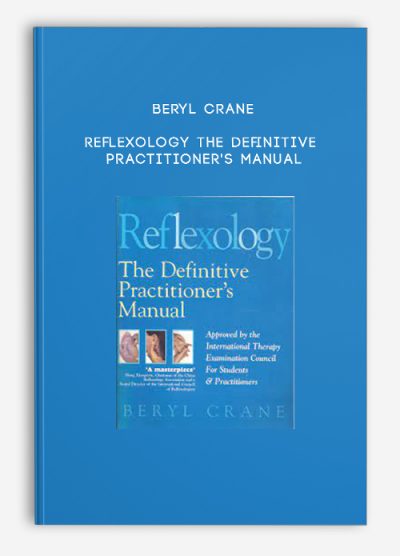
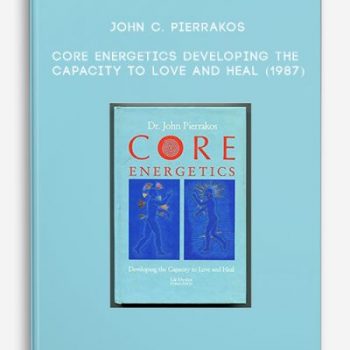
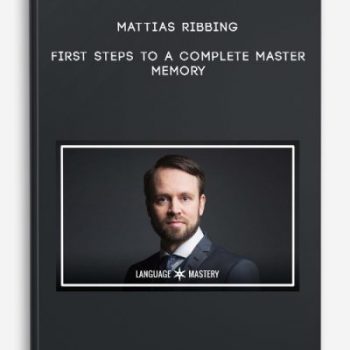
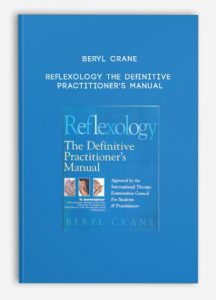
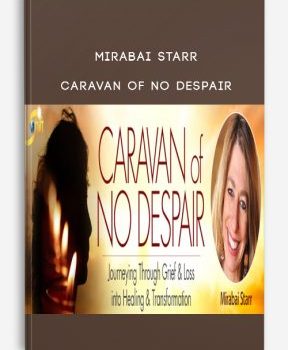
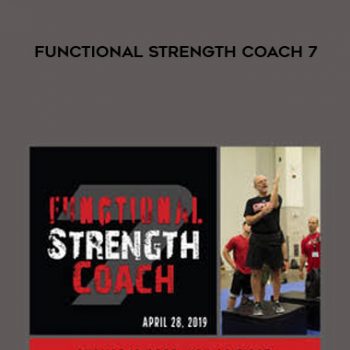
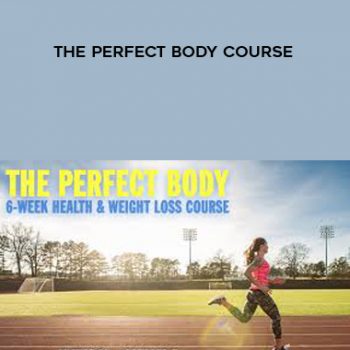
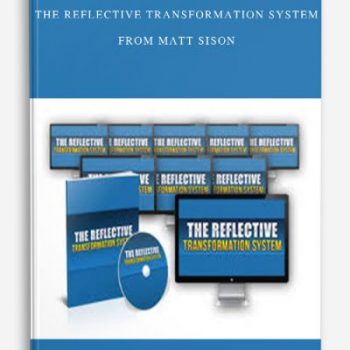
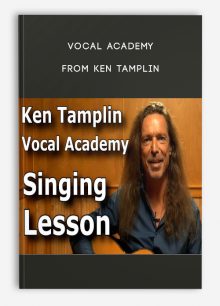
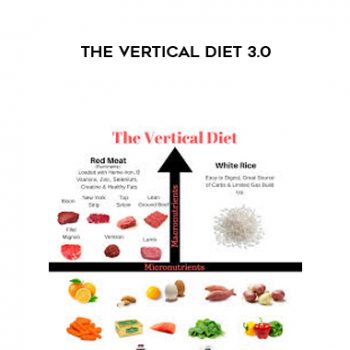
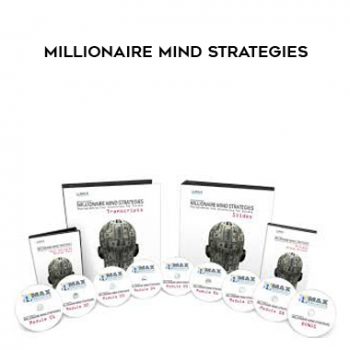
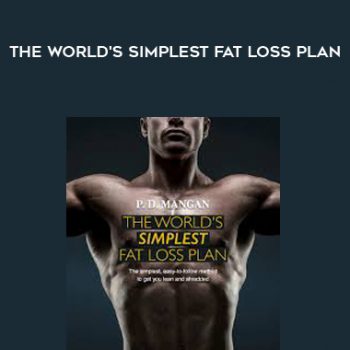
Lord –
This is Digital Download service, the course is available at Vincourse.com and Email download delivery.